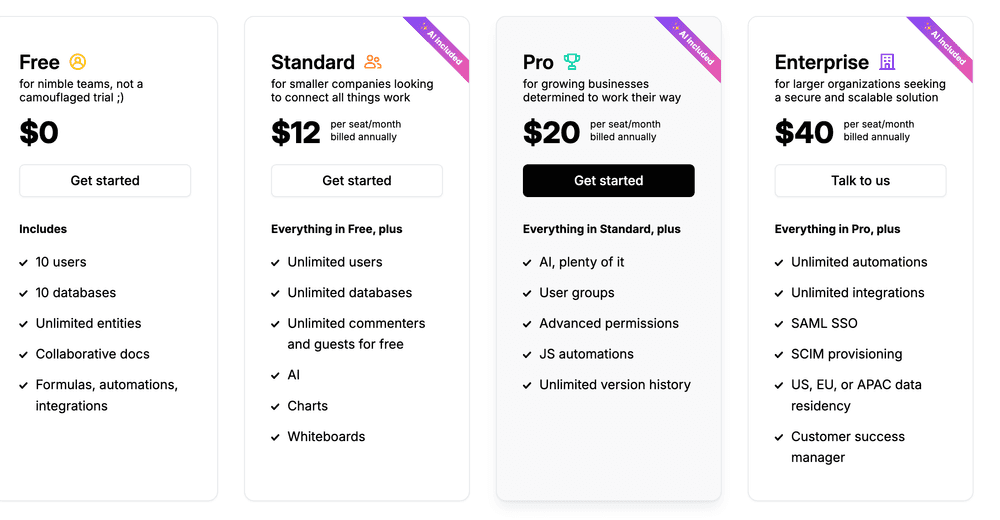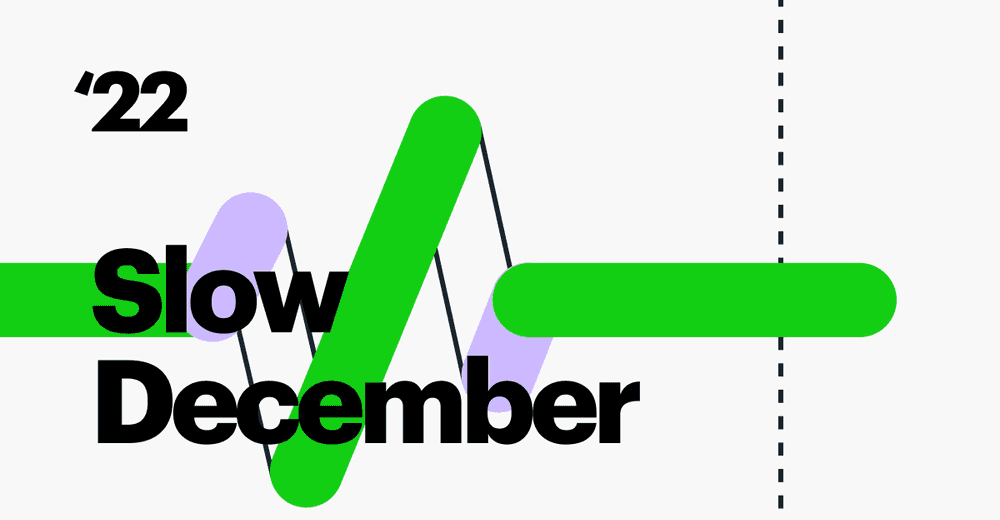10 Top Product Marketing Bullshit Things in 2022
Marketing is hard. I have tough relationships with modern marketing trends and many marketing-oriented people. Why? Because marketing is full of bullshit. I know the rules of the game, but I don’t like them.
1. Paid Ads in Search Engines
I don’t like paid ads in SE. Here is how a typical Google page looks to me: ad, ad, ad, ad, 10 best things, end of screen. I’m not complaining about ads space (it’s a piece of shit, anyway), but more about the blurred line between ads and organic links. Small Ad marker to differentiate them and that is it? Well done, Google.

Paid ads are expensive. It can easily cost you $150 per click. I know it’s a free market, I know it. Still, it amazes me how fast the whole ads industry grew here, with many tools, dedicated professionals, and… poor outcomes. I talked with many founders over the last several years and I rarely heard good stories about paid ads in B2B segments. Everybody is doing it for some reason anyway. 🕳
2. Search Engine Optimisation (SEO)
I hate SEO. Unfortunately, Google and other search engines are losing, while SEO is winning. Let’s scroll the search results page:
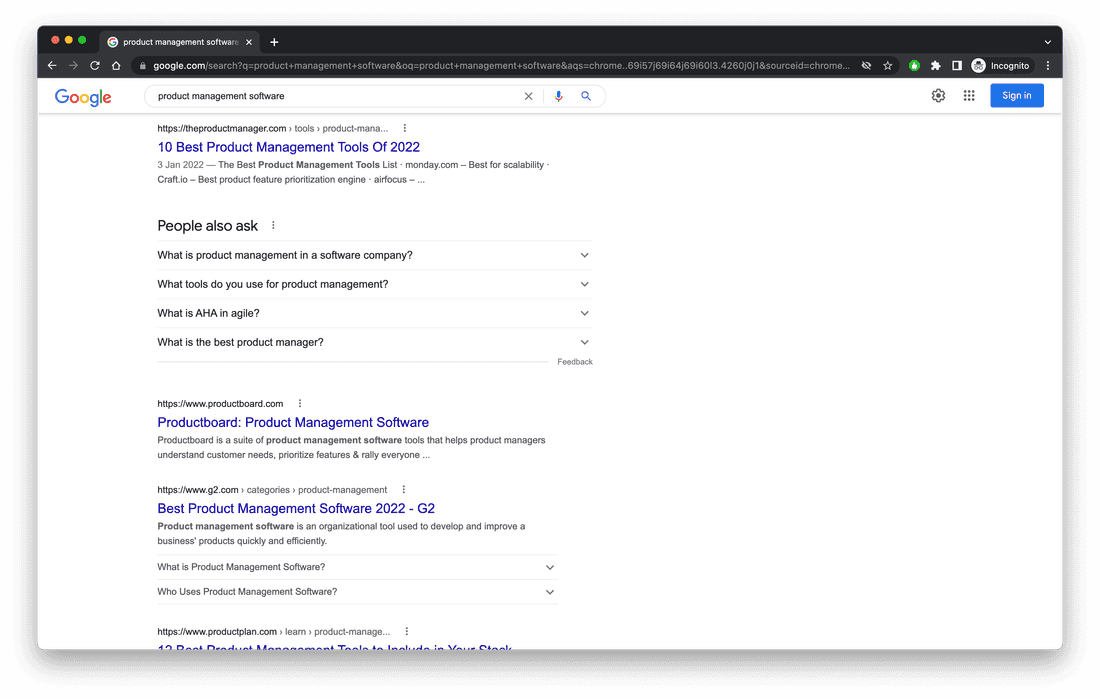
I’m not complaining about space utilization here again (it’s a piece of shit, anyway), but more about “10 Best Product Management Tools Of 2022” as the first organic link here. To be on top you have to write something about “10-13 best”, something fresh (that’s why 2022 is in the title), and use many many keywords to check all the checkboxes in the SEO list. Then you have to get many many incoming links to your website. And then maybe you will be lucky to get to the top.
Quality content doesn’t really matter unless you optimize it heavily for selected keywords. Human-oriented content doesn’t really matter. Your style doesn’t matter.
Content on the internet is becoming inhumane and useless. These articles are mostly noise. Most product companies’ blogs are mostly noise. You have to dig this 💩 to find rare 💎.
3. Products comparison pages
Many ✅ in the first column and many ❌ in the second. Looks familiar? Most product X vs. Y pages look like this. Here are some examples from my industry:
Monday is relatively generous and granted Airtable some check marks.
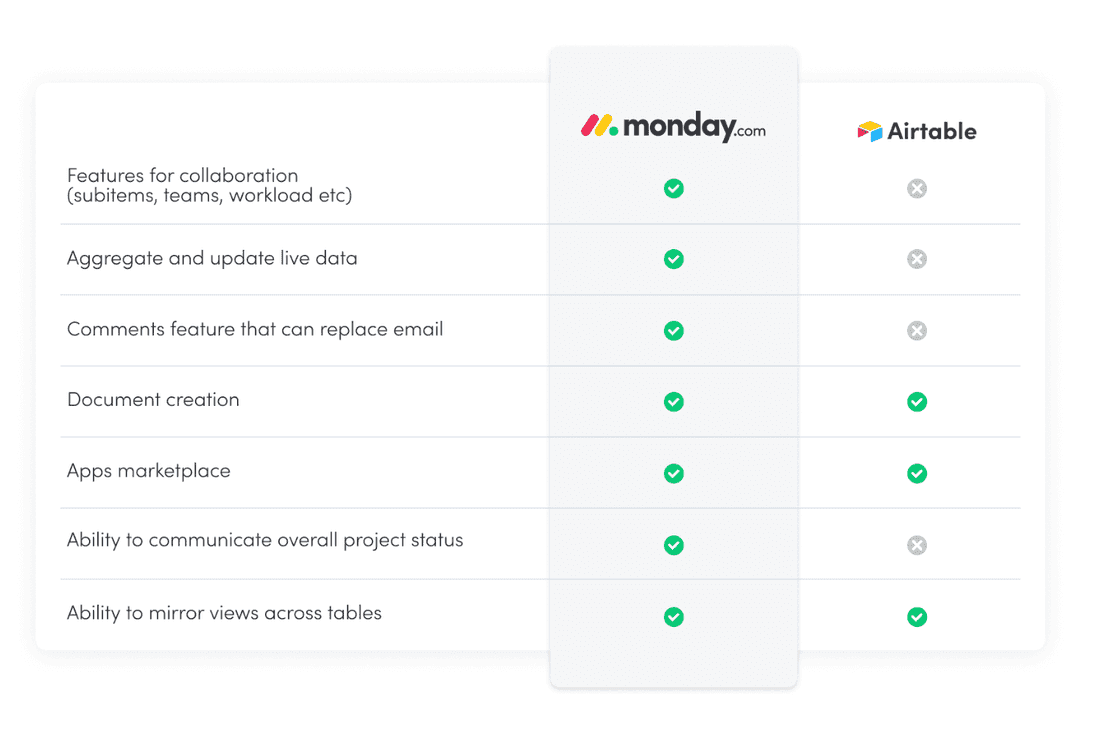
Asana is destroying ClickUp.
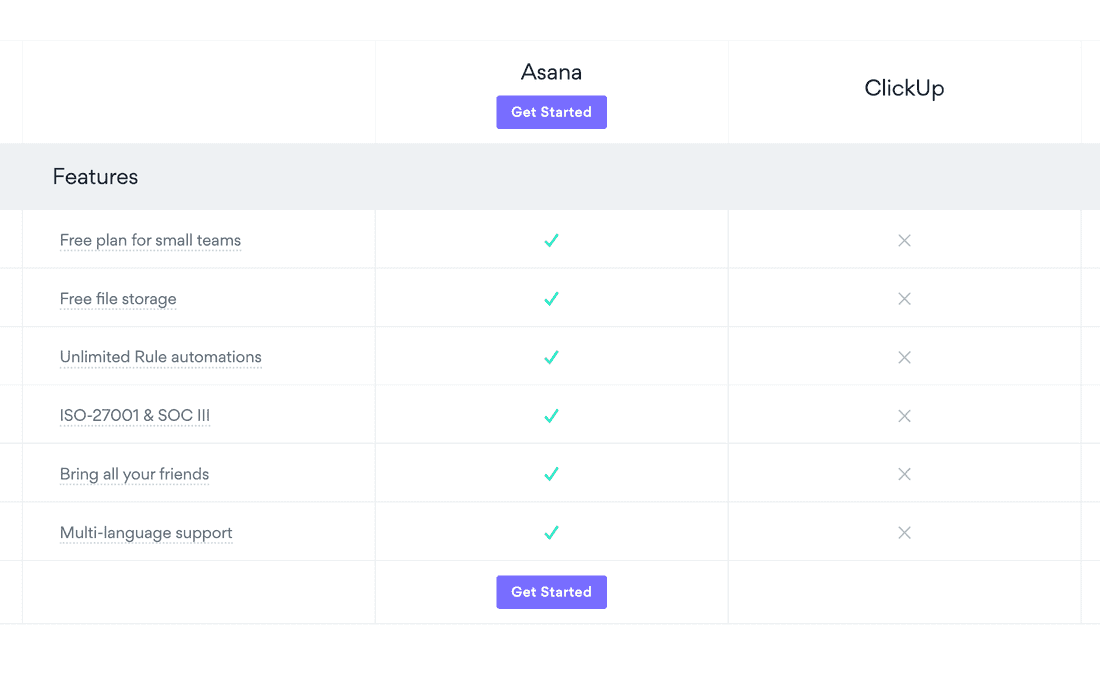
ClickUp is destroying Asana

At some point we helped ClickUp to fix it (they didn’t).

Products comparison can be relatively fair. Here is how I do it at Fibery. When I review products, I try to be as objective as I can (I know this is not enough, but at least I am trying). As a result, people provide me feedback like “your reviews are unexpectedly honest!”. Maybe they decide to choose our competitor after the review, but it just means I added some value to the world and saved them some time. And I honestly love Notion.
4. Overpromising
Some product vendors can’t resist and promise you that their product will fix 87% of your problems, improve the productivity of 5 teams by 48%, and save you exactly one day every week. Guaranteed.
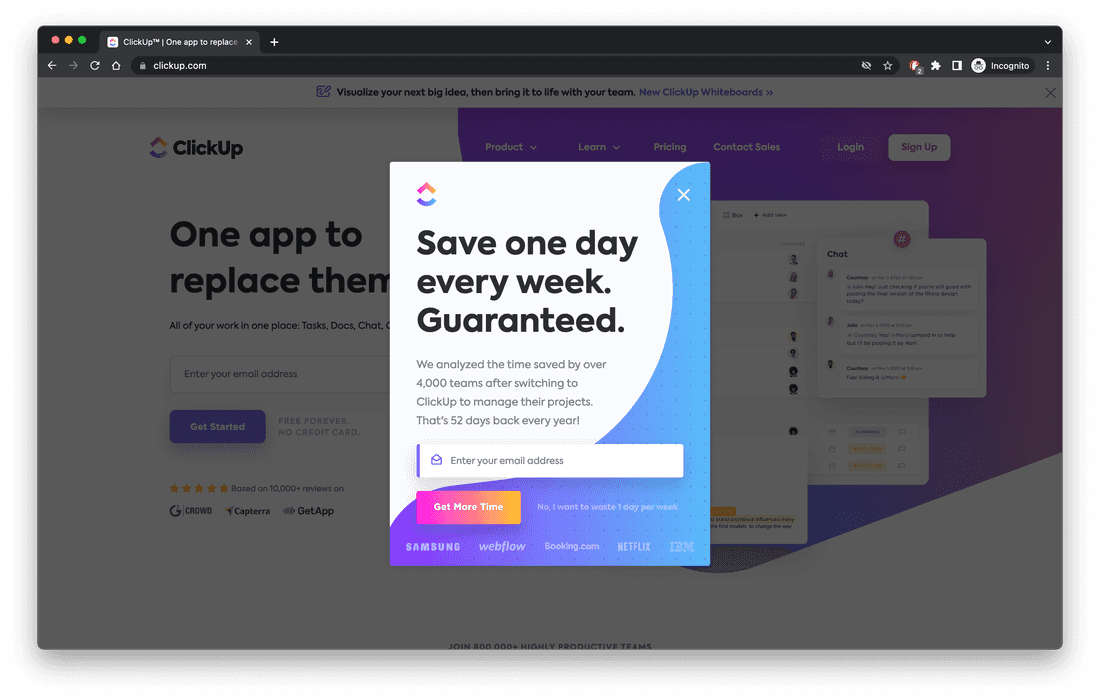
It happens all the time. Humility is not popular. Self-irony is forbidden.
5. Product price is our top secret
“Nobody should know the price of our product. Our competitors should not know it. Our website visitors should not know it. Our leads should not know it. They have to call. Preferably call twice.” — some random person on a completely made-up marketing meeting.
Recently we tried to discover what G2 services may cost us. The website has no hints about the price. Support in chat reveals nothing and persuades to schedule a call. On the first call, you have no price information. You have to have a second call when finally you have several pricing options.
Transparency is not popular. But in such cases, secrecy takes extreme shape. Remember, introverts hate calls 😳.
6. Product UI is our top secret
“Our UI is not sexy. Let’s hide it. Let’s have zero screenshots on the main page, and zero real screens in the demo video. Let’s replace the real UI with fancy drawings to intrigue website visitors.” — some random person on a completely made-up another marketing meeting.

This trick makes the product harder to evaluate quickly. You have to register or find some additional info somewhere (dig support docs, ask google, etc).
8. Corporate Memphis
Thank god this trend is fading. I was fed up with “flat human characters in action, with disproportionate features such as long and bendy limbs, minimal facial features, and bright colors without any blending.” Most of the websites in our space left it behind, but some still live in 2020.

9. Some bullshit text to fill the space
I don’t have a good candidate for option number 9, so I just fill this space with some text that nobody reads anyway. People get tired till the end of a long article and just scroll to the bottom to check some conclusions (spoiler: no conclusions in this post, this is a rant). Most likely you haven’t noticed that there is no option number 7. If you did, congratulations to you!
This is AI-generated text. Soon 90% of articles in the web will be generated by AI (be ready):
In the year 2022, the terms that will dominate the marketing industry will be: Content, Seo, and Audience. Content Marketing is a content marketing strategy, in which the marketer creates and shares valuable information with the goal of acquiring new customers. SEO is Search Engine Optimization - the art of getting traffic from Google. It’s a very shady business and I am convinced that by 2022 it will be more ‘bullshit’ than actual.
10. Breath of Fresh Air
Some companies grow with style. I adore Notion and Figma for that. Their tone of voice is cool. They produce mostly valuable content. They don’t lie or mislead people.
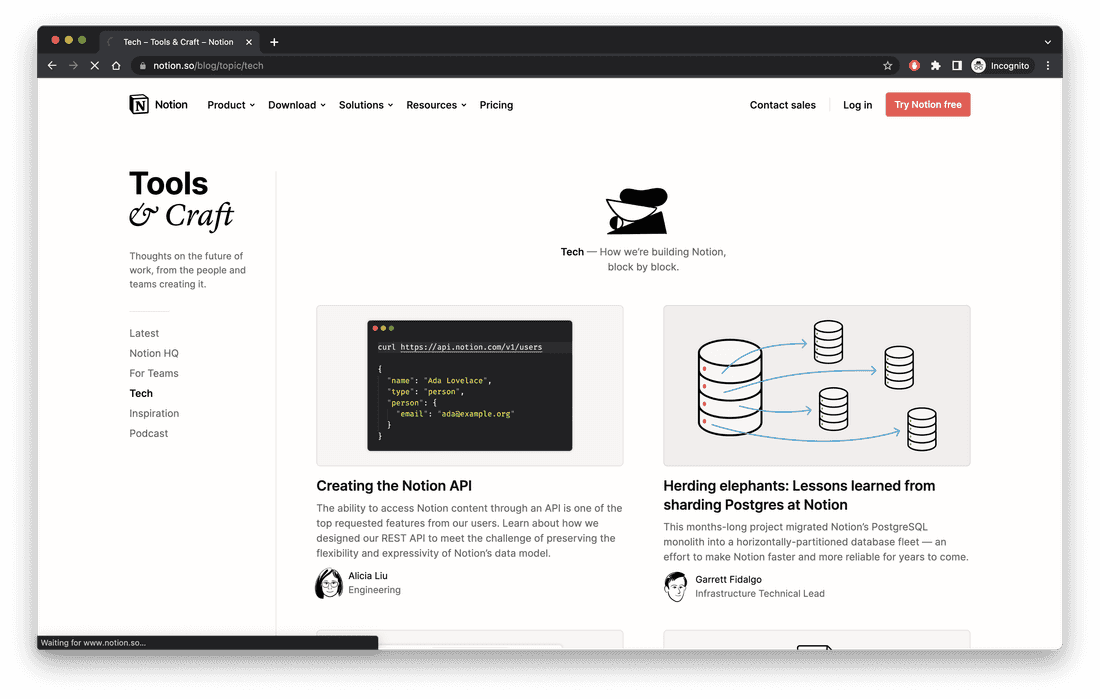
Figma has some competitors’ comparison pages too, but they are very well done and provide good argumentation about use cases, without any false feature-by-feature comparison.
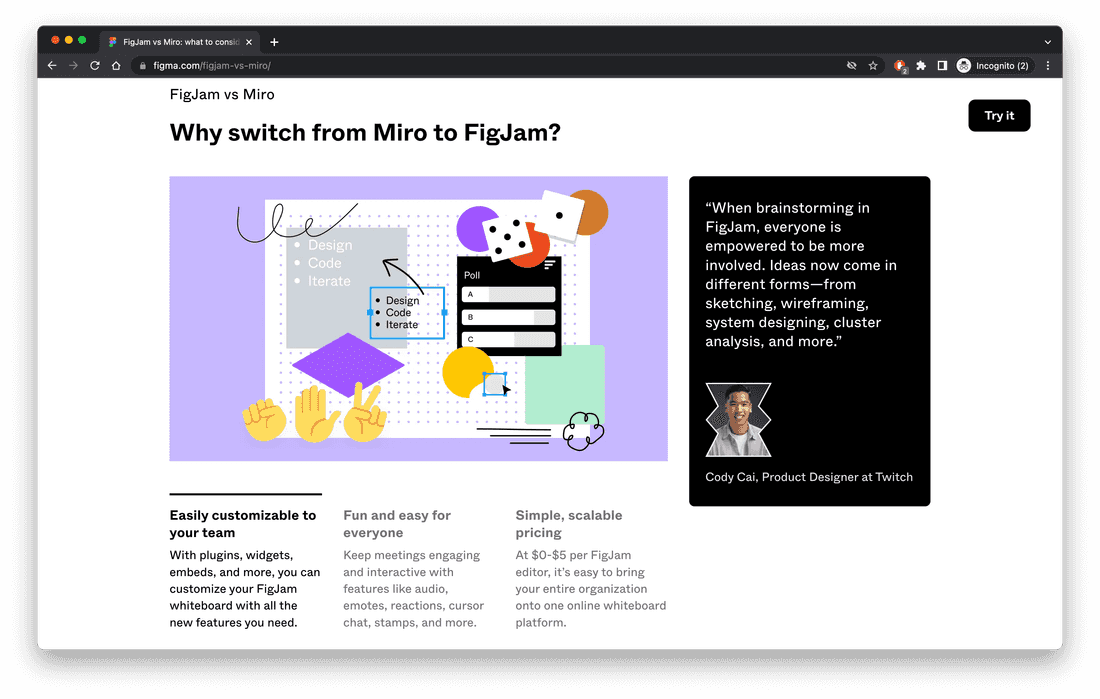
I wish we have more companies like this. I wish more companies will be authentic, transparent, honest, and profitable as a result of that. 🙏
P.S. I wanted to optimize this article for search engines to complete the sarcasm recursion loop but failed. Sorry for that.
Psst... Wanna try Fibery? 👀
Infinitely flexible product discovery & development platform.
